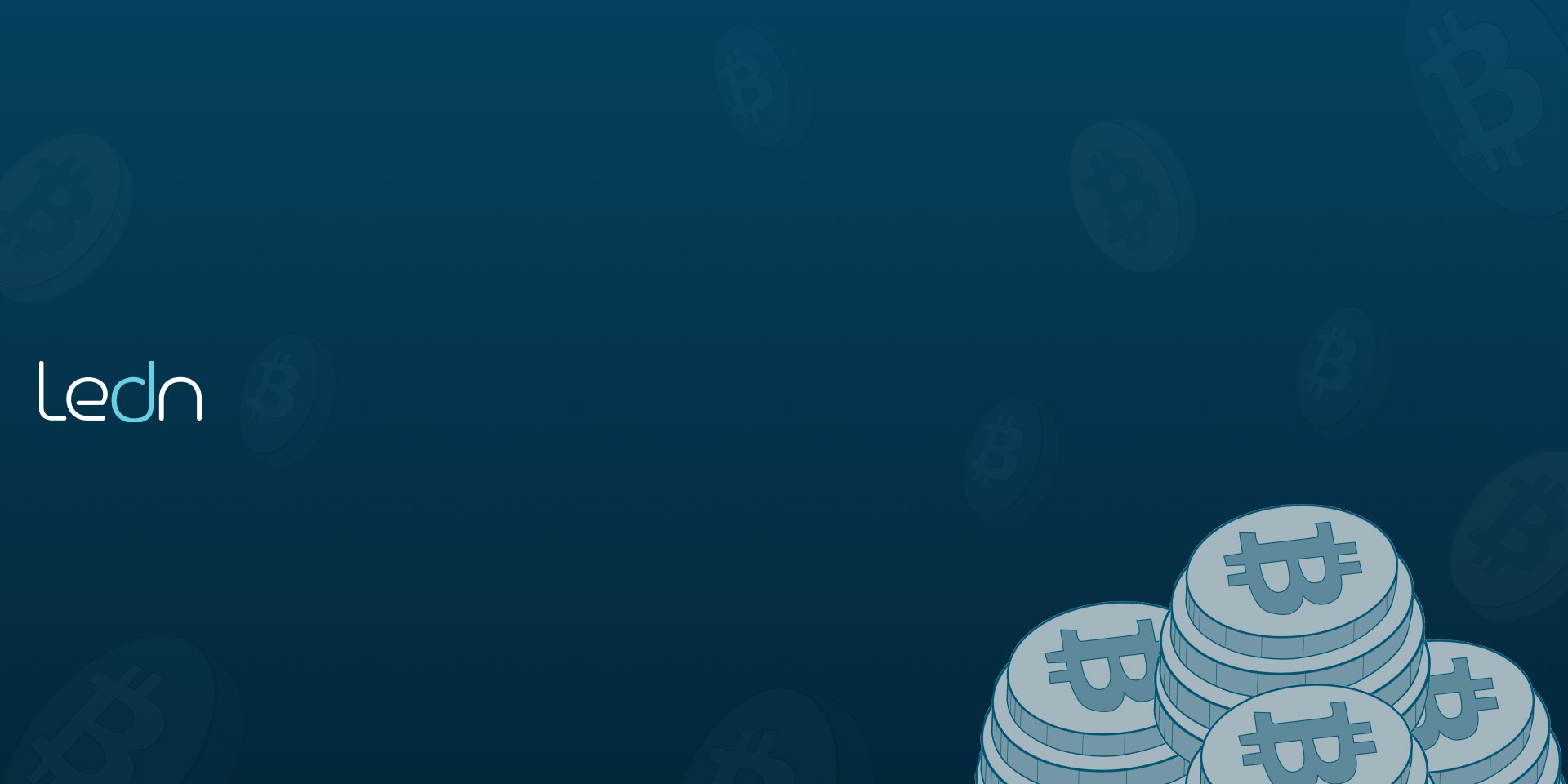Investors are eager to read the Fed minutes that will be released on Wednesday. Market participants hope that the minutes can provide some clues on whether the U.S. central bank can curb the most aggressive inflation in over 40 years without putting the economy into a recession. Market analysts across Wall Street have voiced their concerns for a chance of the U.S. economy entering a recession in the near future. The Fed has implemented two rate hikes, increasing interest rates by 75 basis points since March. Wall Street is expecting another 50 basis point rate hikes in June and July. The Fed minutes will give the market some color on how policymakers expect inflation to be and whether the economy is strong enough to withstand tighter monetary policy.
Retail earnings will be released this week. Market analysts are expecting profits to be suppressed by elevated energy costs. Additionally, analysts noticed that consumers have shifted towards buying lower-margin basic goods instead of the more profitable general merchandise. Retail inventory buildup and heavy discounting by retail companies is something market participants will keep a close eye on.
April market data on personal income and spending will be released this week. The core personal consumption expenditures price index will also be released this week. This report acts as the Fed’s primary gauge of inflation. Economists will look to see if spending remained consistent in the last month despite ongoing inflation. Additional data released will include durable goods orders as well as initial jobless claims, along with revised figures for the first quarter GDP. Last but not least, new home sales could show a potential cooling in the housing market as mortgage rates increase and consumers become more cautious.
We hope you enjoyed reading and as always, we wrap up with a summary of the upcoming economic data and earnings reports for the week:
Wednesday:
8:30 AM EST - Durable goods orders and core capital equipment orders
12:15 AM EST - Fed Vice Chair Lael Brainard gives commencement address
2:00 PM EST - FOMC minutes
Thursday:
8:30 AM EST - Initial jobless claims, continuing jobless claims, real gross domestic product revision (SAAR), real final sales to domestic purchasers revision (SAAR), and real gross domestic income (SAAR)
10:00 AM EST - Pending home sales index
Friday:
8:30 AM EST - PCE inflation, core PCE inflation, PCE inflation (year-over-year), real disposable income, real consumer spending, nominal personal income, nominal consumer spending and advance trade in goods
10:00 AM EST - University of Michigan consumer sentiment index (final) and 5-year inflation expectation
It's a big week coming up, and as always, we'll keep you posted on any relevant news throughout the week right here and from our Twitter account.
This article is intended for general information and discussion purposes only, it is not an offer, inducement or solicitation of any kind, and is not to be relied upon as constituting legal, financial, investment, tax or other professional advice. This article is not directed to, and the information contained herein is not intended for distribution to, or use by, any person or entity in any jurisdiction or country where such distribution, publication, availability or use would be contrary to law or regulation or prohibited by any reason whatsoever or that would subject Ledn and/or its affiliates to any registration or licensing requirement. This article is expressly not for distribution or dissemination in, and no services are being marketed or offered to residents of, the European Union, the United Kingdom or the United States of America. A professional advisor should be consulted regarding your specific situation. Digital assets are highly volatile and risky, are not legal tender, and are not backed by the government. The information contained in this publication has been obtained from sources that we believe to be reliable, however we do not represent or warrant that such information is accurate or complete. Past performance and forecasts are not a reliable indicator of future performance. Any opinions or estimates expressed herein are subject to change without notice. We expressly disclaim all liability and all warranties of accuracy, completeness, merchantability or fitness for a particular purpose with respect to this article/communication. For full legal terms and conditions visit https://ledn.io/legal









%20-%20BEC_CTA_B2X.jpg)

